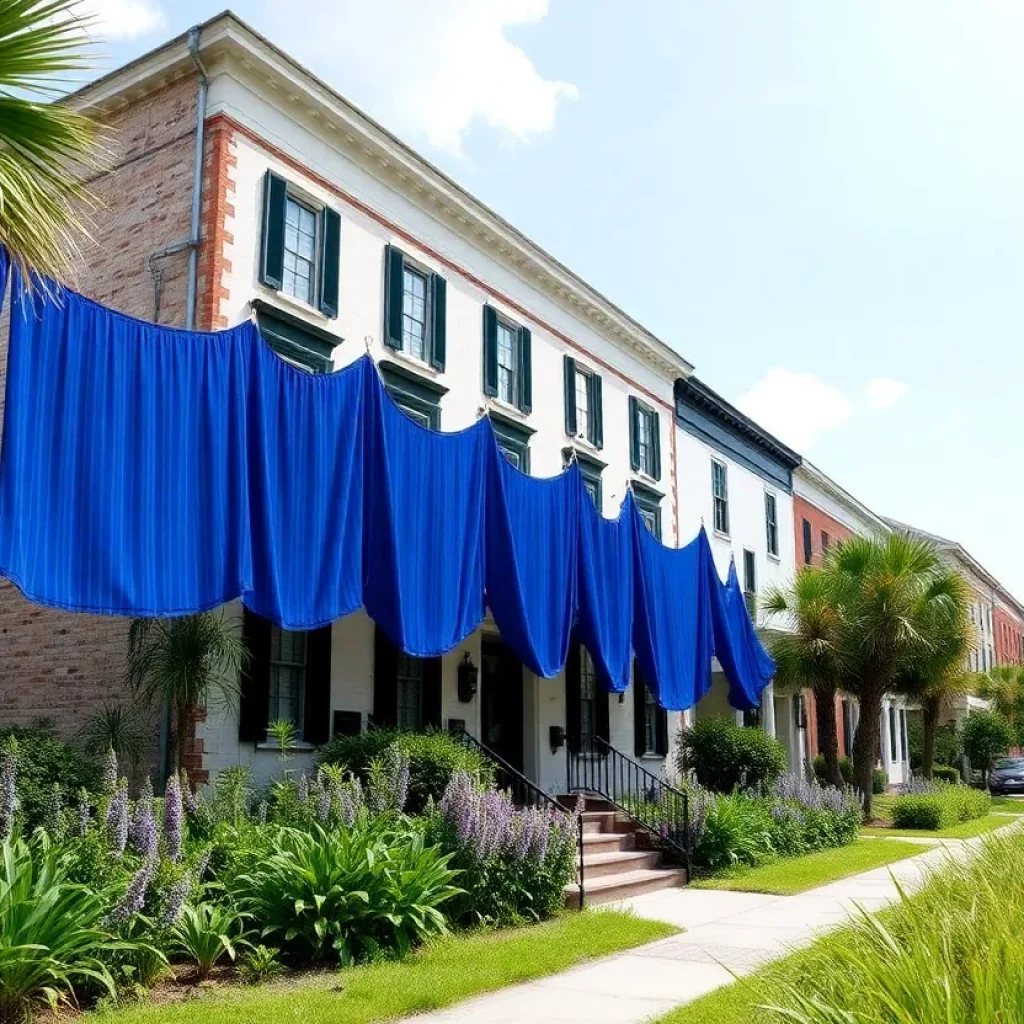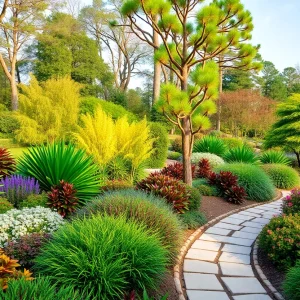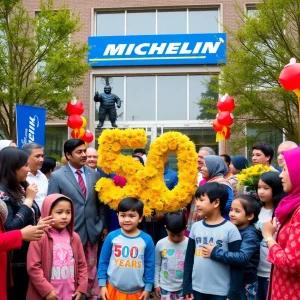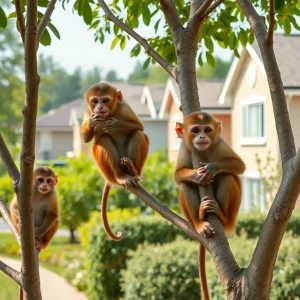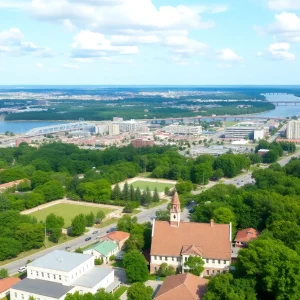Charleston Reimagines Indigo’s Historical Legacy
Charleston, South Carolina, is experiencing a resurgence of indigo, a vibrant blue dye deeply embedded in the region’s history. On a tranquil spring morning nearly ten years ago, textile artist Leigh Magar stumbled upon a hidden patch of wild blue indigo while walking in the woods of Johns Island. Magar’s discovery serves as a symbol of a growing movement where artists, farmers, and designers are reconnecting with this vital crop and its rich cultural heritage.
What is Driving the Indigo Revival?
The initiative to revive indigo is part of the broader “seed to stitch” movement, which emphasizes sustainable practices in textile production. This involves not only growing the indigo plant, known scientifically as Indigo suffruticosa, but also harvesting and processing it into dye. Magar, known for her indigo-dyed garments and accessories, is at the forefront of this creative endeavor, showing how history can inform contemporary practices.
The Historic Significance of Indigo
Historically, indigo was a critical cash crop in 18th-century South Carolina, much like rice and cotton. It relied heavily on the skills and labor of enslaved Africans who cultivated the plantations and produced the dye for European markets. The indigo trade profoundly influenced the region’s economic landscape and cultural heritage. Today, the revival of indigo gives a nod to this rich past while also acknowledging its complex legacy.
Where is the Indigo Movement Flourishing?
This vibrant movement is not limited to Charleston or its immediate surroundings. It is spreading throughout South Carolina and beyond, fueled by a collective interest in plant-based dyes. Indigo is often paired with other natural dyes, like turmeric and marigolds, to create diverse color palettes while promoting environmental sustainability. Recent exhibitions, such as “African Fashion” and “Blue Gold: The Art and Science of Indigo,” further spotlight the cultural ties indigo has to Africa and its modern applications in fashion.
When Did This Revival Begin?
The revival takes root in a decade-old trend, spurred by a growing awareness of sustainable fashion and natural dye processes. As consumers learn more about harmful synthetic dyes and their environmental impact, many are turning to traditions that honor nature—indigo being a prime example. The newfound appreciation showcases not just aesthetic value but also a cultural dialogue regarding the history and influence of textiles.
Why Indigo Matters Today
For many involved, revitalizing indigo represents a journey toward understanding the past while embracing sustainable practices for the future. Artists like Magar emphasize not just the beauty of the dye but its storied history. The emphasis is on craftsmanship, ethical production, and a connection to the land, making it essential in today’s world focused on sustainability.
In this evolving landscape, the indigo revival serves as a testament to the power of art and agriculture in healing historical wounds and reimagining futures. As the passion for indigo continues to grow, Charleston stands at the forefront, demonstrating how one plant can intertwine with a community’s identity and culture.



